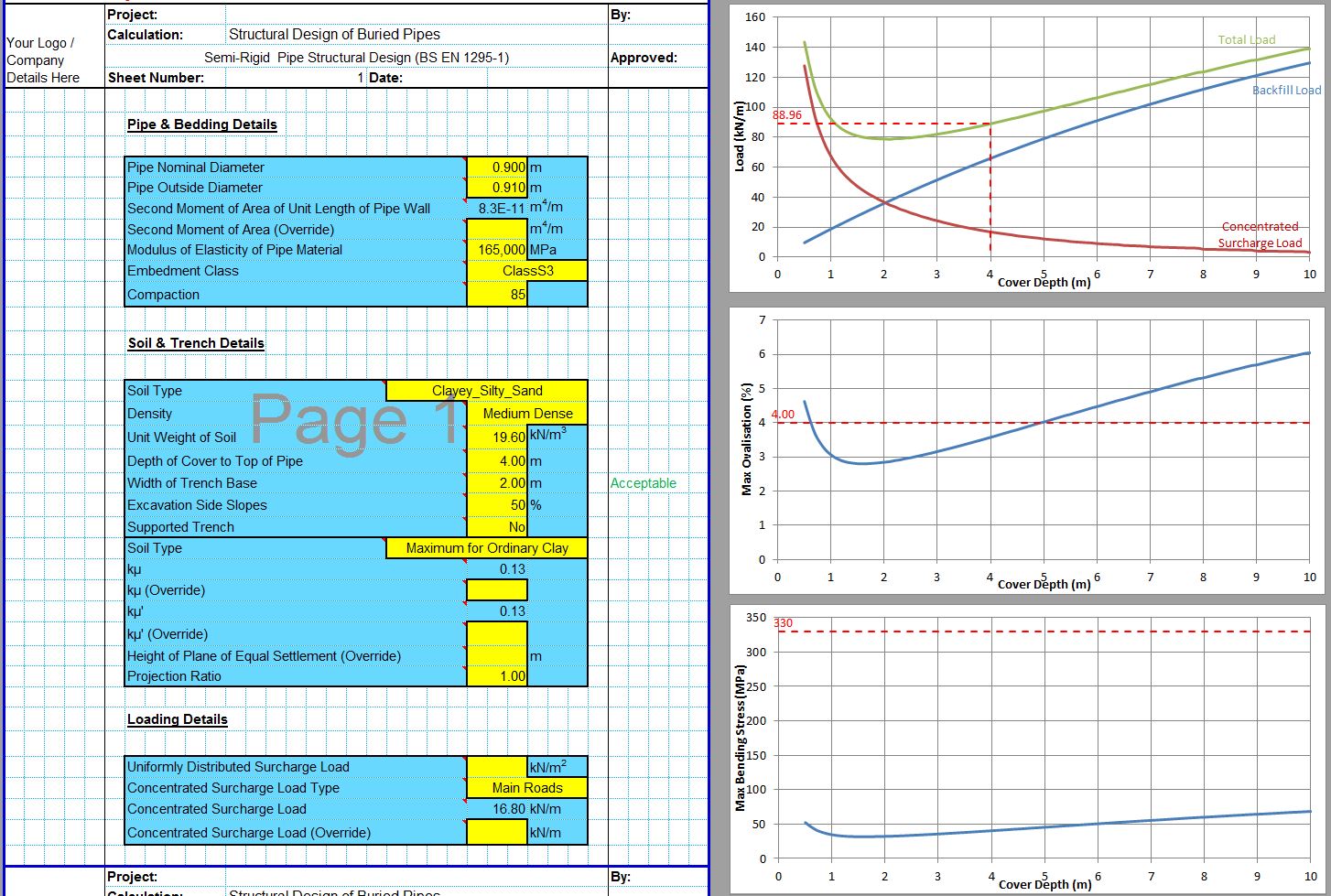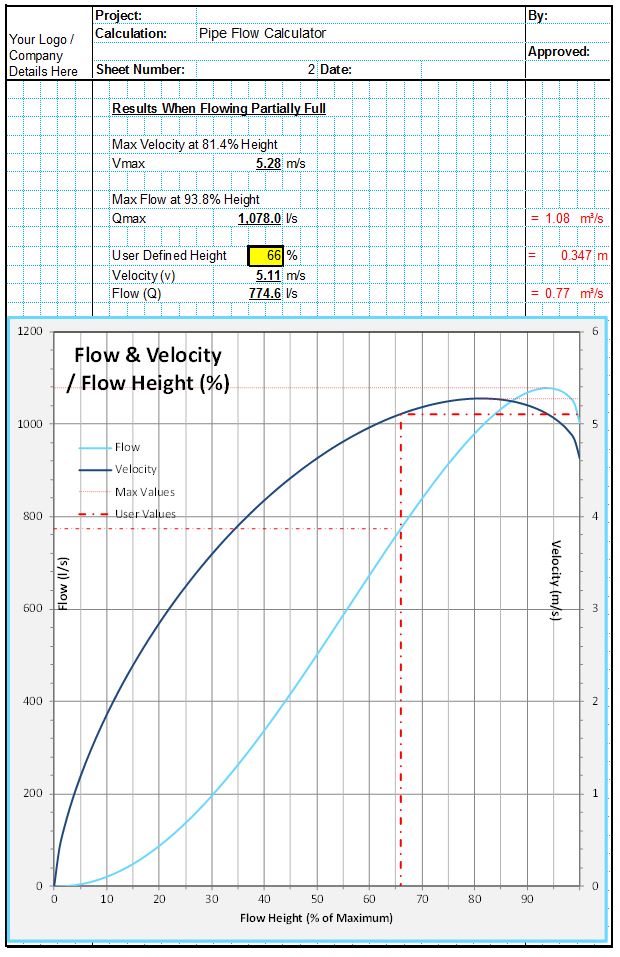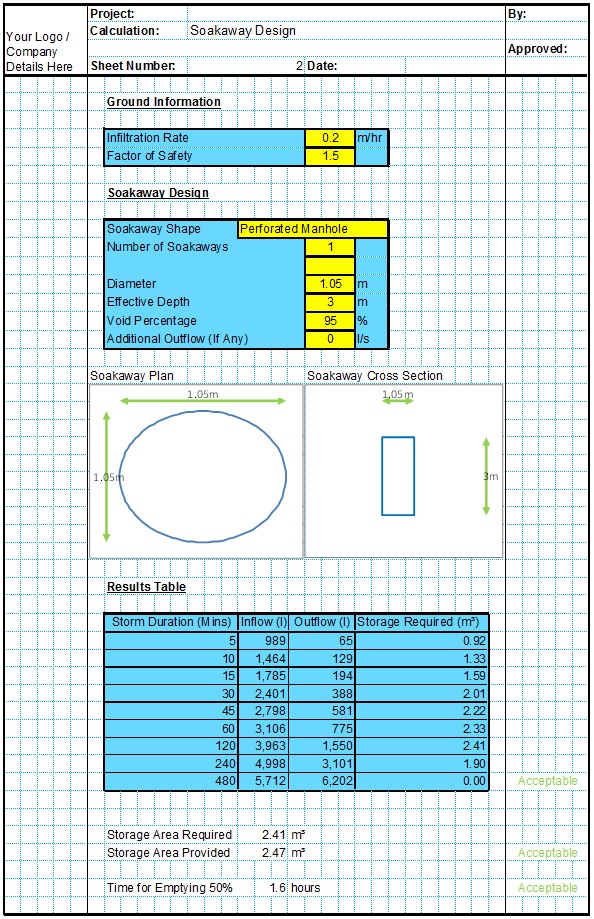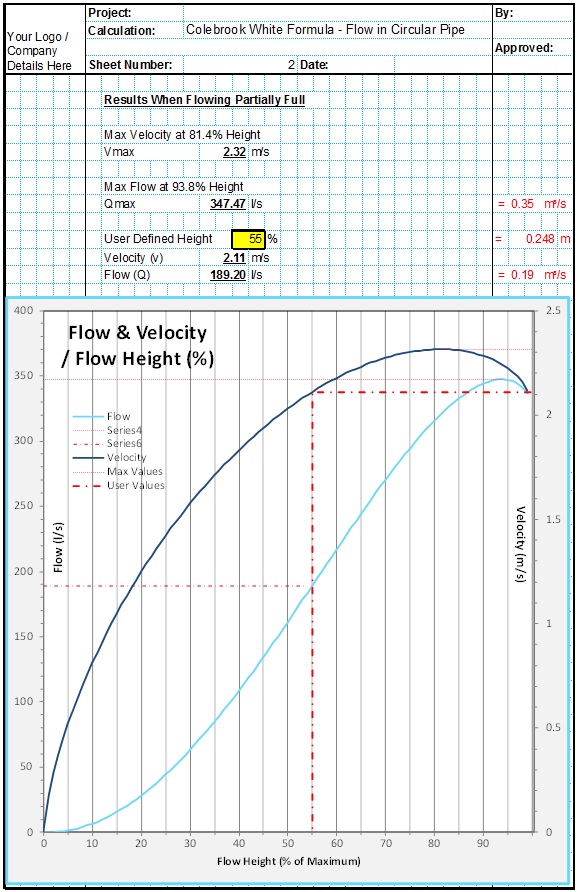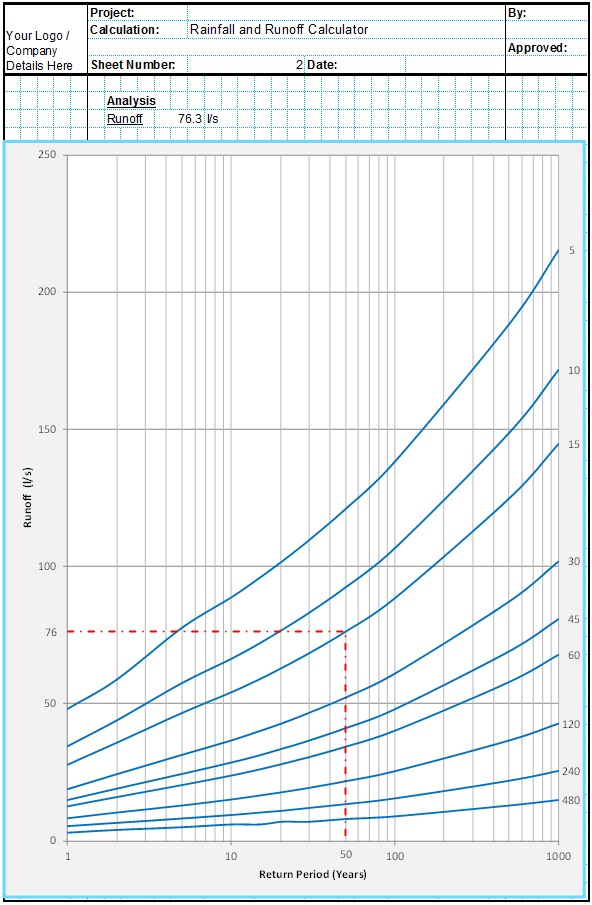A french drain in clay soil can be very effective though the soil conditions need to be taken into account in order to ensure that the french drain design is suitable. This includes the infiltration characteristics of the clay soil and the installation details.
Infiltration Rates in Clay Soils
The main restriction with french drains in clay soils is that clay soils are generally not suitable for any infiltration. Clay soils include extremely small particles which are very tightly packed together. This makes some clay soils practically waterproof, and all clay soils struggle to achieve significant rates of infiltration. This does not preclude the use of french drain systems, but limits the ability of the drain to infiltrate significant volumes of runoff water into the surrounding soils.
Infiltration is the process whereby runoff water collected into the french drain is allowed to percolate into the surrounding soils and into the groundwater rather than being conveyed by a perforated pipe to an outfall or drainage system. Infiltration is generally desirable as it more closely mimics the way groundwaters are naturally replenished by rainfall runoff and removes the requirement to concentrate rainfall runoff into expensive drainage systems.
Clay soils however do not generally allow enough water to percolate through them for infiltration to be effective. In some cases partial infiltration may be suitable with an overflow pipe installed at a high level within the french drain in order to remove any excess runoff when the french drain is not able to infiltrate the runoff quickly enough. These french drains often also include a lower level perforated pipe to distribute the water along the length of the french drain trench. This low level distribution pipe will have no outfall. Further information and standard details of french drains with high level overflow pipes can be found in our French Drain Detail post.
Where infiltration into clay soils is desired, an infiltration rate test similar to that detailed in BRE 365 is highly recommended in order to accurately estimate the level of infiltration which can be achieved. As stated above this rate can be very small in clay soils so an infiltration test will reveal whether it is possible to infiltrate any significant portion of the runoff. This process is explained in our Percolation Test post.
Where a relatively thin band of clay soils overlies a soil with better infiltration characteristics such as sand or gravels, it may be economical to deepen the french drain slightly in order to achieve an interface with the better soils at the bottom of the french drain trench. Typical infiltration rates for different soil types are include in our Infiltration Rates post.
Where infiltration is desired, the french drain can be designed using the CivilWeb Soakaway Size Calculator spreadsheet. The CivilWeb French Drain Design spreadsheet assumes that no infiltration is allowed for in the perforated pipe design process. Any infiltration which does occur will be positive, but is not allowed for in the design.
French Drain in Clay Soils – Installation
The installation requirements for french drains in clay soils are largely similar to those in any other soils as detailed in our French Drain Installation post. However the installer must take care to install the french drain trench in a safe manner when clay soils are present. This is because in dry clays a french drain trench can often be installed with almost vertical sides up to a large depth. However if this clay becomes saturated during heavy rainfall for example, this can significantly affect the strength of the clay leading to a collapse in the trench sides. Extreme care must be exercised when installing trenches with near vertical sides in clay soils and no people should be entering trenches with vertical sides greater than around 1.0m deep. Trenches installed through all clay soils should also be dug to a minimum trench width as described in our French Drain Width post.
Where infiltration into the clay soils is allowed for in the design, care should also be taken that the sides of the french drain trench do not become smeared during excavation. This occurs when an excavator bucket is used which effectively closes the pores at the french drain trench interface. This has occurred when the sides of the trench look very smooth and different layers are smeared together in the direction the bucket has travelled through the clay. This can be rectified by light scarifying the trench sides to remove the smeared surface. This will reopen the pores in the clay soil allowing infiltration of runoff water to occur.
Get your copy of the CivilWeb French Drain Design spreadsheet now for only £20.
Or why not bundle with the CivilWeb Soakaway Design spreadsheet for only £5 extra?
Or save £50 by buying our full Drainage Design Suite including all our drainage design spreadsheets.
Download Free Trial Version
To try out a fully functional free trial version of this software, please Click Here or enter your email address below to sign up to our newsletter.
